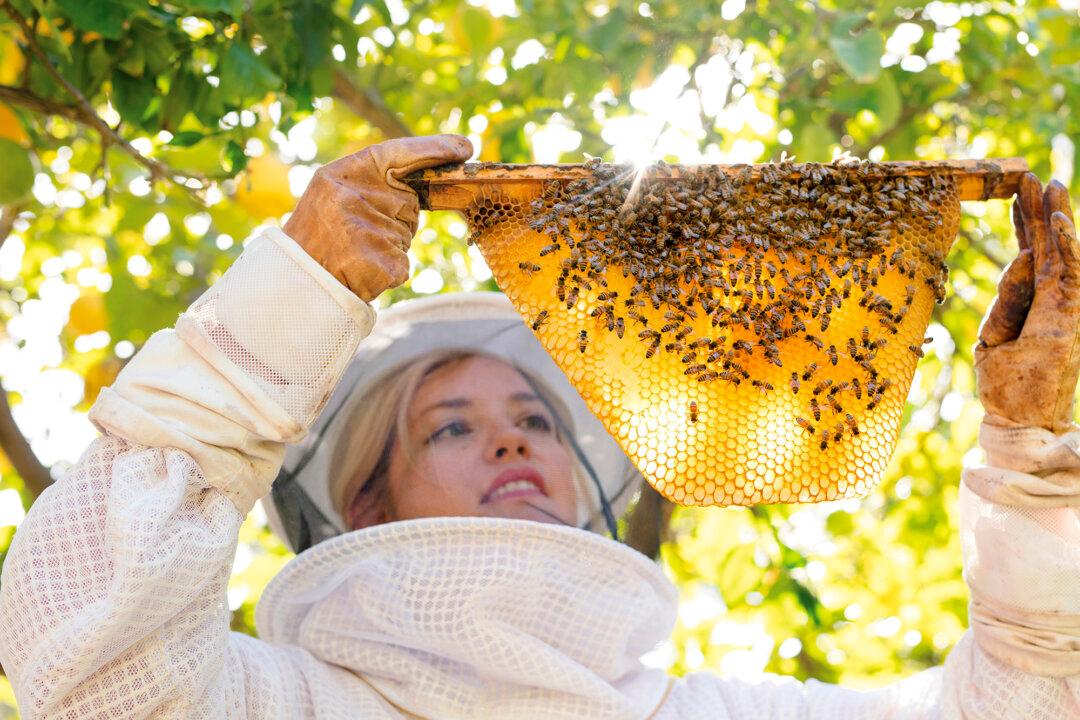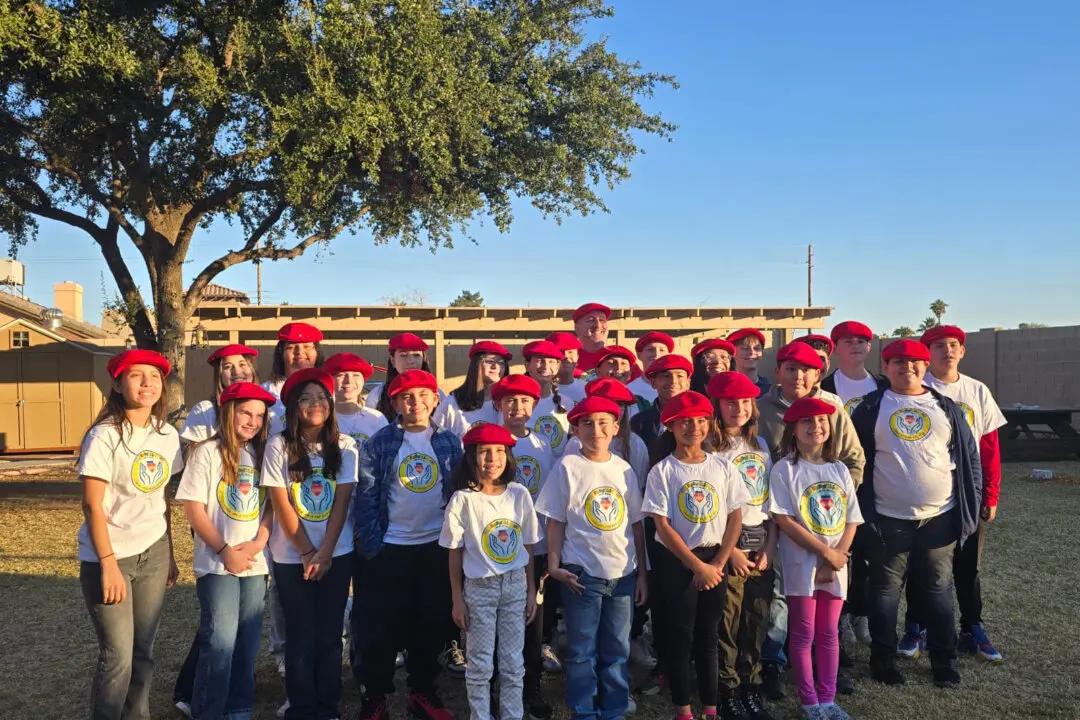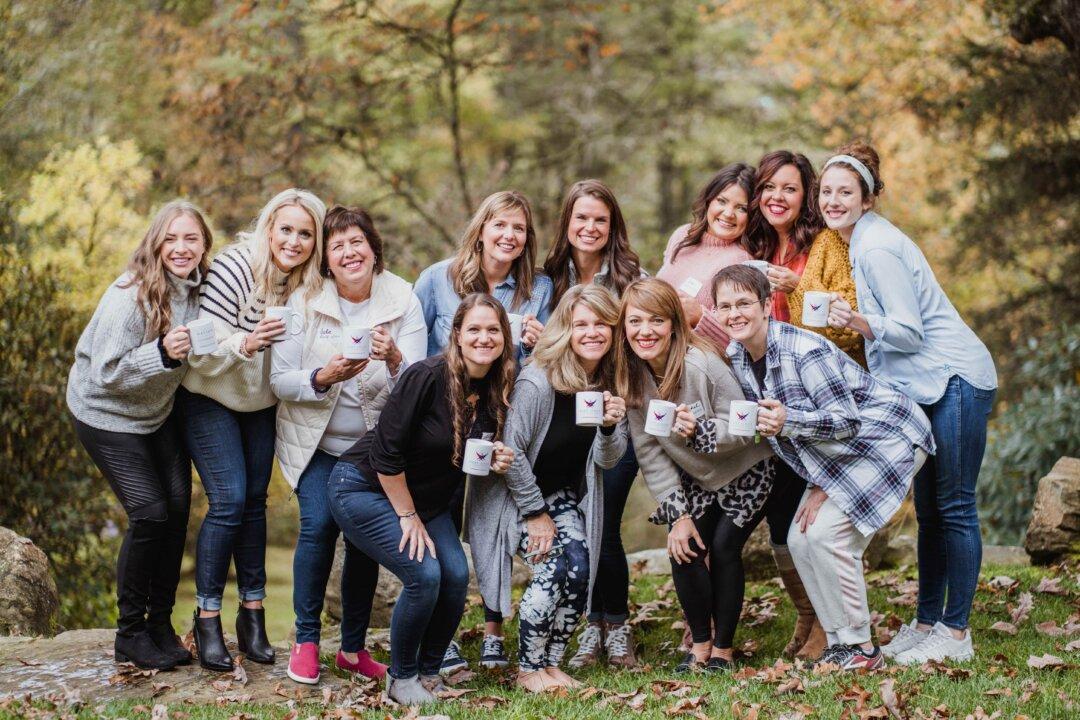It started with a Craigslist ad: “If you have bees you want to get rid of, I’ll come get them.”
Hilary Kearney barely had a beehive ready when she got an answer to her post. She was called to rescue a bee colony hanging from the ceiling of an outdoor laundry room. Armed only with her research and a hive that her father had built with scrap wood from the yard using construction plans that she’d found online, she headed out to face her first-ever colony.





